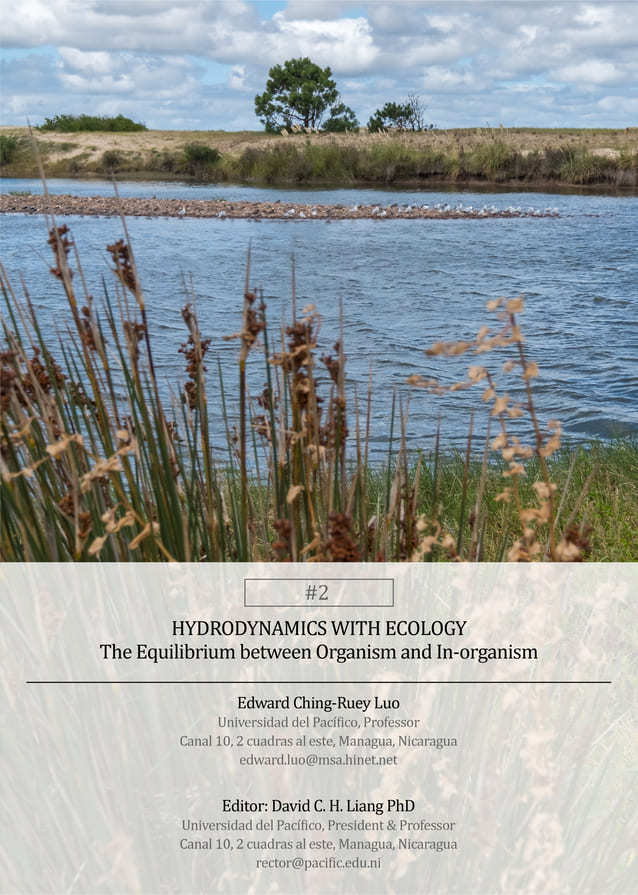HYDRODYNAMICS WITH ECOLOGY
The Equilibrium between Organism and In-organism
Palabras clave:
Aquatic, Ecosystem, Lotic, Hydraulics, Turbulence, geomorphology, hydrologyResumen
Aquatic ecosystems are interacted by the physical, biological and chemical processes at multiple spatial and temporal scales. Lotic environments are naturally dynamic with variable discharge, hydraulic patterns, sediment, nutrient loads and thermal regimes changing temporally and spatial. Turbulence as a scalar quantity is a useful descriptor of turbulence in complex 3D flows characterized by non-zero vorticity. There is no general rule on when, why and which hydraulic model should be applied for eco-hydraulic studies but fundamentally the accurate topographical survey at the resolution of the scale of the processes investigated is more essential. Principles of fluvial geomorphology and hydrology for continuum and dis-continuum views of stream networks adjust with increasing discharge, play a key role in the development and refinement of conceptual models of ecosystem structure. The physical environment in natural rivers can be highly variable, with regard to hydraulic conditions, temperature, visibility, cover, substrate alteration and erosion. Rapid flow fluctuations can be categorized by changes in magnitude of flow ratio, the rate of change, frequency, duration and timing. Sustainable river management, in terms of biomonitoring, requires the development of rapid assessment metrics that measure the effects of hydrological alteration on aquatic community structure. Understanding the fundamental associations and relationships between hydraulic forces and floral and faunal communities, species and their habitats, modelling them and using this information to provide management recommendations continues to be important and challenging goals for river scientists, managers and other end users.

Descargas
Publicado
Licencia
Derechos de autor 2022 International Journal of Innovative Application on Social Science and Engineering Technology

Esta obra está bajo una licencia internacional Creative Commons Atribución-NoComercial 4.0.


